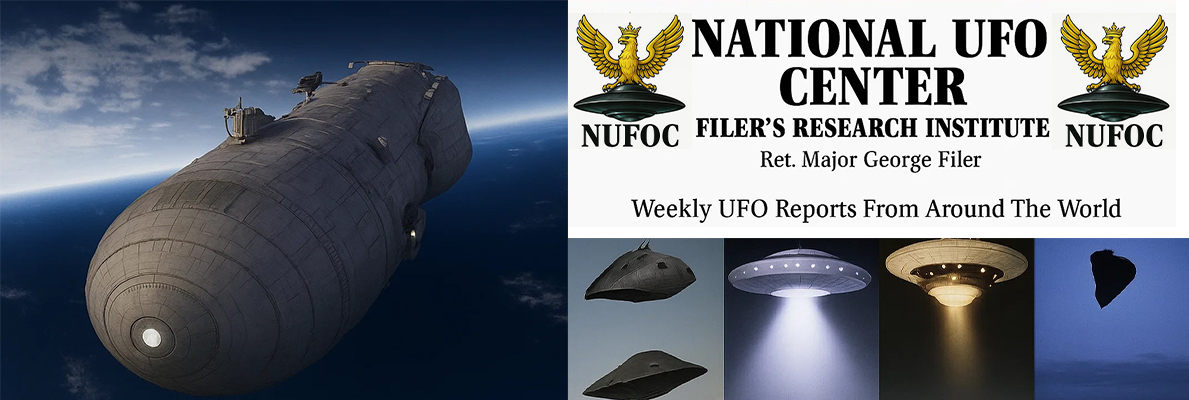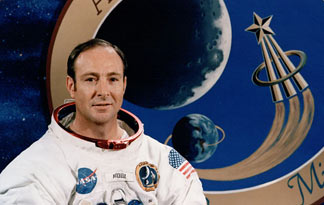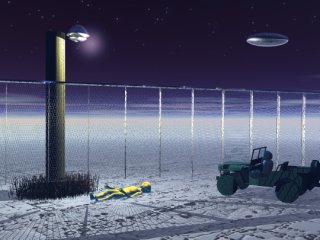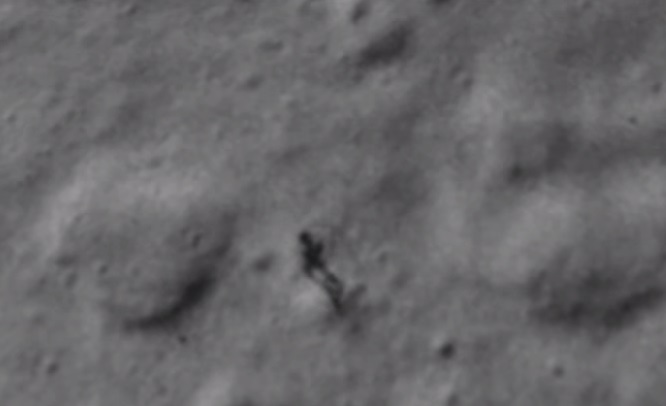
By Ellie Zolfagharifard For Dailymail.com
Nasa claims we’ll find aliens in the next 10 to 20 years – and now the agency is revving up its efforts to track them down.
The group has put together a team of ‘extraterrestrial experts’ to see if any of the planets discovered outside our solar system are habitable.
And it says that the amateur astronomers could help with its ‘unprecedented’ search for ET by access research data online.
The initiative, dubbed Nexus for Exoplanet System Science (Nexss), will include scientists from 10 universities including Stanford, the University of California and Yale.
The study of exoplanets is a relatively new field with discovery of the first exoplanet around a star like our sun was made in 1995.
Since the launch of the Kepler space telescope six years ago, more than 1,000 exoplanets have been found, with thousands of additional candidates waiting to be confirmed.
Nasa has set up a website for the public called Planet Hunters which allows anyone to search the data gathered by Kepler, since launching six years ago.
Scientists are also developing new ways to confirm the habitability of these worlds and search for biosignatures, or signs of life.
By applying a ‘system science’ approach, the team hopes to understand on an alien planet’s biology interacts with the atmosphere, geology, oceans, and interior of a planet.
The announcement comes just weeks after Nasa’s top scientist predicted we could be on the verge of finding life on one of them.
During a talk in Washington last month, the space agency announced that humanity is likely to encounter extra-terrestrials within a decade.
THE NEXSS TEAM OF ‘ALIEN HUNTERS’: WHAT WILL THEY DO?
‘I believe we are going to have strong indications of life beyond Earth in the next decade and definitive evidence in the next 10 to 20 years,’ Ellen Stofan, chief scientist for Nasa, said.
‘We know where to look, we know how to look, and in most cases we have the technology.’
Jeffery Newmark, interim director of heliophysics at the agency, added: ‘It’s definitely not an if, it’s a when.’
‘We are not talking about little green men,’ Stofan said. ‘We are talking about little microbes.’
The announcement was prompted by the recent discovery of water by Nasa in surprising places.
Jim Green, director of planetary science at Nasa, noted that a recent study of the Martian atmosphere found 50 per cent of the planet’s northern hemisphere once had oceans a mile deep.
The same study found that water had been present on the red planet for up to 1.2 billion year.
‘We think that long period of time is necessary for life to get more complex,’ Stofan said.
Nasa associate administrator John Grunsfeld said he is excited about seeing what form life beyond Earth may take.
‘Once we get beyond Mars, which formed from the same stuff as Earth, the likelihood that life is similar to what we find on this planet is very low,’ he said.
‘I think we’re one generation away in our solar system, whether it’s on an icy moon or on Mars, and one generation [away] on a planet around a nearby star.
At the same conference last year, Nasa Administrator Charles Bolden made a more conservative estimate.
He claimed that we will find life within the next 20 years – with a high chance it will be outside our solar system.
Nasa next Mars rover, scheduled to launch in 2020, will search for signs of past life and bring samples for a possible return to Earth for analysis.
Nasa also hopes to land astronauts on Mars in the 2030s, which Stofan says is crucial key to the search for Mars life.
‘I’m a field geologist; I go out and break open rocks and look for fossils,’ Stofan said. ‘Those are hard to find.
‘So I have a bias that it’s eventually going to take humans on the surface of Mars — field geologists, astrobiologists, chemists — actually out there looking for that good evidence of life that we can bring back to Earth for all the scientists to argue about.’
The space agency is also planning a mission to Europa, which may launch as early as 2022. It hopes to find out whether the icy moon is habitable.
Meanwhile, the agency’s James Webb Space Telescope (JWST), will launch in 2018 to scope out the atmospheres of nearby ‘super-Earth’ alien planets.




